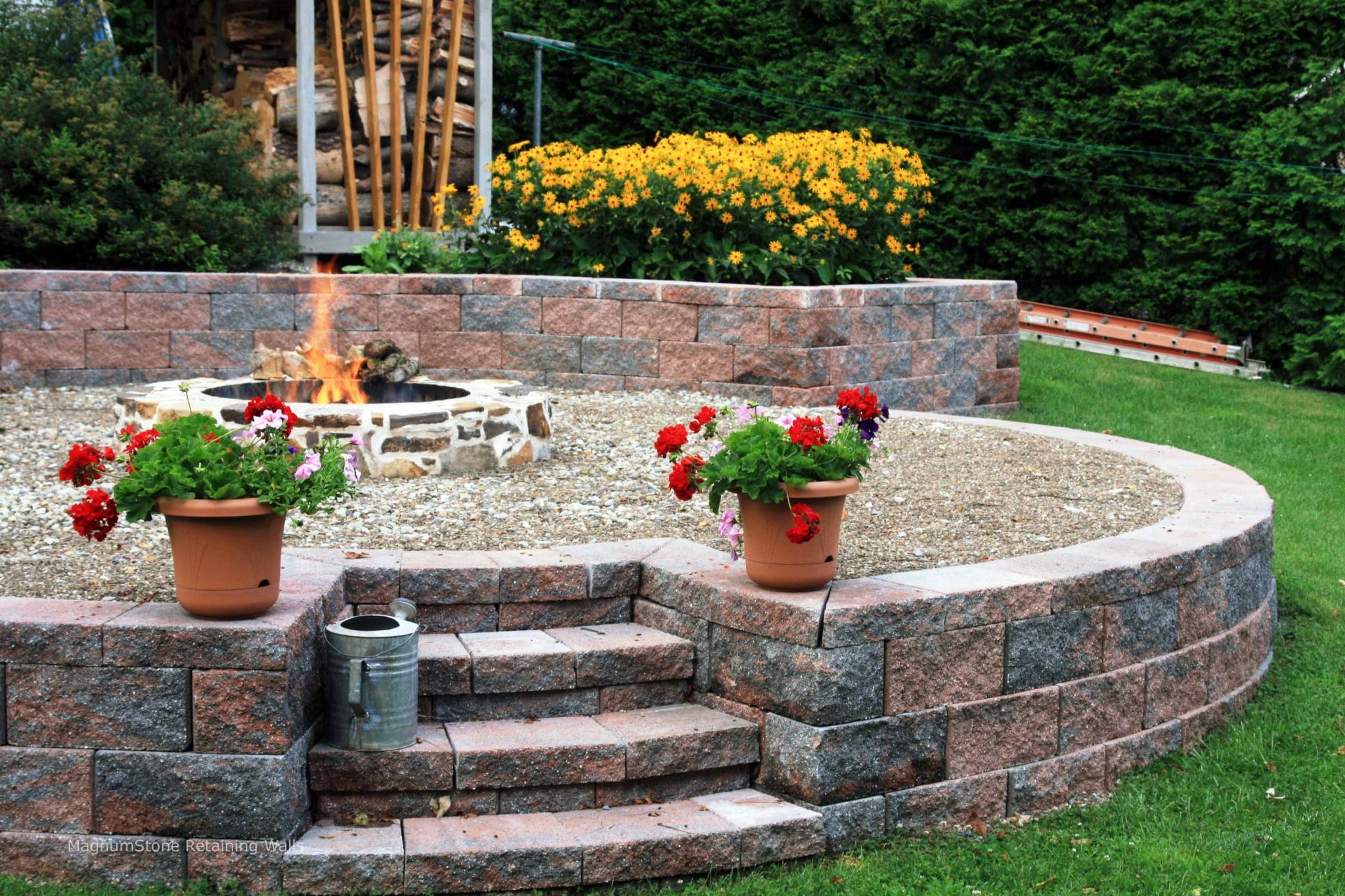Wall blocks that are retained have transcended their utilitarian origins, becoming the masters of orchestrating the outdoor canvas. They have evolved from being versatile components that seamlessly blend function and aesthetics into an essential design element in modern landscapes. This research reveals the many benefits of retaining walls and sheds light on their transformative potential in the outdoor environment.

Retaining walls are redefining traditional hardscape elements using a dynamic range of dimensions, shapes, and colors. They offer an ideal canvas for homeowners to express their personal visions. The blocks come in many different materials, such as the natural beauty of stone, as well as the strong embrace concrete. Landscape architects and designers can find in them a vital medium to design cohesive and captivating outdoor spaces that reflect each individuality of the landscape.
Guardians of Stability: Beneath Surface Allure
Beyond their visual allure, retaining wall blocks unfold a plethora of functional benefits. They’re steadfast protectors of soil erosion, and also protect the outdoor areas from erosion runoff. These blocks provide stability in slopes or uneven terrains, transforming irregular landscapes into level sanctuaries fit for serene garden living or lush landscaping.
Retaining wall blocks is a cost-effective and smart choice for property owners who want to improve their landscapes. Their simple installation procedure and low maintenance requirements make them a cost-effective solution. Blocks like these make visually stunning retaining walls. But they also withstand the elements and provide lasting stability, without losing their aesthetic appeal.
Versatile Sculptors: Defining Outdoor Living Areas
Retaining walls are no longer merely functional blocks for walls. They’ve evolved into sculptures which define the outdoor spaces. Through the strategic integration of these blocks homeowners can create separate zones for various activities such as al fresco dining, lounging or gardening. These blocks can be used as an element of design for privacy and highlighting landscape features, for example, sculpture gardens or water features.
They are stacked efficiently and can support up three courses in height. The blocks can be stacked at a height of up to three levels before the need for geogrid reinforcement is required to strengthen the soil. The higher the number of configurations the better stability and longevity are needed when walls grow in height. These blocks are designed to be interlocking and provide the foundation needed for landscaping. Geogrid reinforcements are included to ensure long-term durability and toughness. They are able to strengthen the wall against soil pressures.
The Right Block for Your Ambiance
When choosing retaining wall blocks be sure to consider the size, shape and color of each block in relation to the outside environment. When choosing the retaining wall blocks, functional aspects such as soil retention capacity and height are taken into consideration. This carefully considered selection is not the structural integrity, but also aesthetic harmony adding visual harmony to the overall design.
Finale: A Symphony Resilience
In the final analysis, retaining wall blocks emerge as transformative elements in the design of landscapes, contributing to resilient and sustainable landscaping practices. With their infinite design possibilities as well as their ability to hold and secure and create living areas, these unassuming blocks can be considered as silent sentinels in redefining outdoor spaces and weaving a story of peace and timelessness across the landscape. For their practical beauty or practicality, retaining wall block artisans create the sound of nature’s great outdoors.
